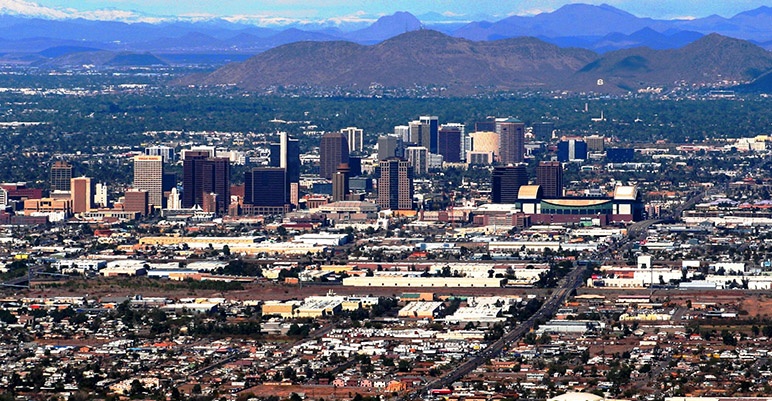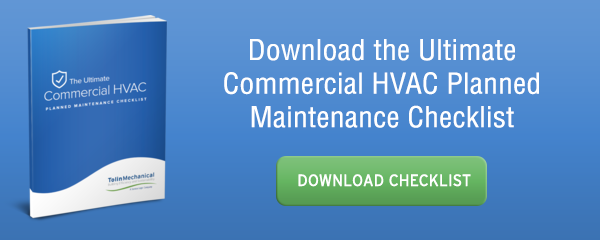Battling Riser Deterioration in High Rise Residential Buildings

“What you don’t know can’t hurt you.”
If you’re the owner of a commercial facility, you’ve likely already learned why that cliché statement isn’t true. What you don’t know can and will hurt you, especially in the wallet.
We’ve dealt with numerous projects in high-rise residential buildings across Colorado and Arizona, where riser deterioration is a serious problem. In most cases, the owners said, “riser what?” which is not surprising.
Why is riser deterioration almost unknown?
Traditionally, capital funding and replacement dollars are set aside for equipment like chillers, furnaces, and the like. Owners and facility managers understand that these machines have a finite lifespan and will need to be replaced, preferably before they reach the end of their usability.
However, it’s rare for building owners and managers to plan for the need to replace deteriorating piping throughout the building after 40 or more years of continual use. But pipes that are that old are often deteriorating pretty badly. In many cases, they are made of cast iron or galvanized steel as opposed to copper or more durable synthetic materials.
Since these pipes are located behind the walls — “out of sight, out of mind” — they represent a hidden threat to the safety and functionality of these buildings’ HVAC systems, as well as a potential threat to the physical building itself, since massive flooding can do tremendous damage should one or more of these pipes give way.
What is riser deterioration?
Speaking generally, a riser is any pipe or ventilation duct charged with the responsibility of raising air, water, or refrigerant higher in a building.
So, if the risers that are pumping heated, cooled, or conditioned air throughout your multistory building are deteriorating — whether due to age, damage, or some combination — you can expect leakage of the air you’re paying to control. Likewise, any risers that are charged with carrying heated or cooled water throughout the building can become prone to leaks and deterioration. And, a fluid leak can be even more damaging and costly than an air leak.
The net result of riser deterioration is inefficient and costly energy usage as well as potential danger to the building and its occupants.
What can you do about riser deterioration?
Really, the first key to solving riser deterioration is to realize and accept that it exists. Then, the logical next step is to plan accordingly by replacing bad risers as part of future maintenance and upgrade budgets for your facility.
While the work necessary to replace risers can be both costly and inconvenient (especially in residential buildings where many occupants are likely to be affected when their apartments are invaded by work crews) it’s actually far less expensive to handle the situation proactively rather than waiting until a pipe bursts and floods the building, or worse.
The smart choice is to allow experienced HVAC technicians to inspect your risers routinely to ensure they’re functioning as they should be. And, if replacements or repairs are necessary, don’t procrastinate. Get it done.
Don’t hesitate to have someone from Tolin Mechanical inspect your building to see what the current situation is in regards to the state of your system’s risers. Then, plan to act on their recommendations as soon as possible so you can stop wasting money and start investing it as you should.
Contact us or to learn more about our work to deliver ROI on HVAC projects.

